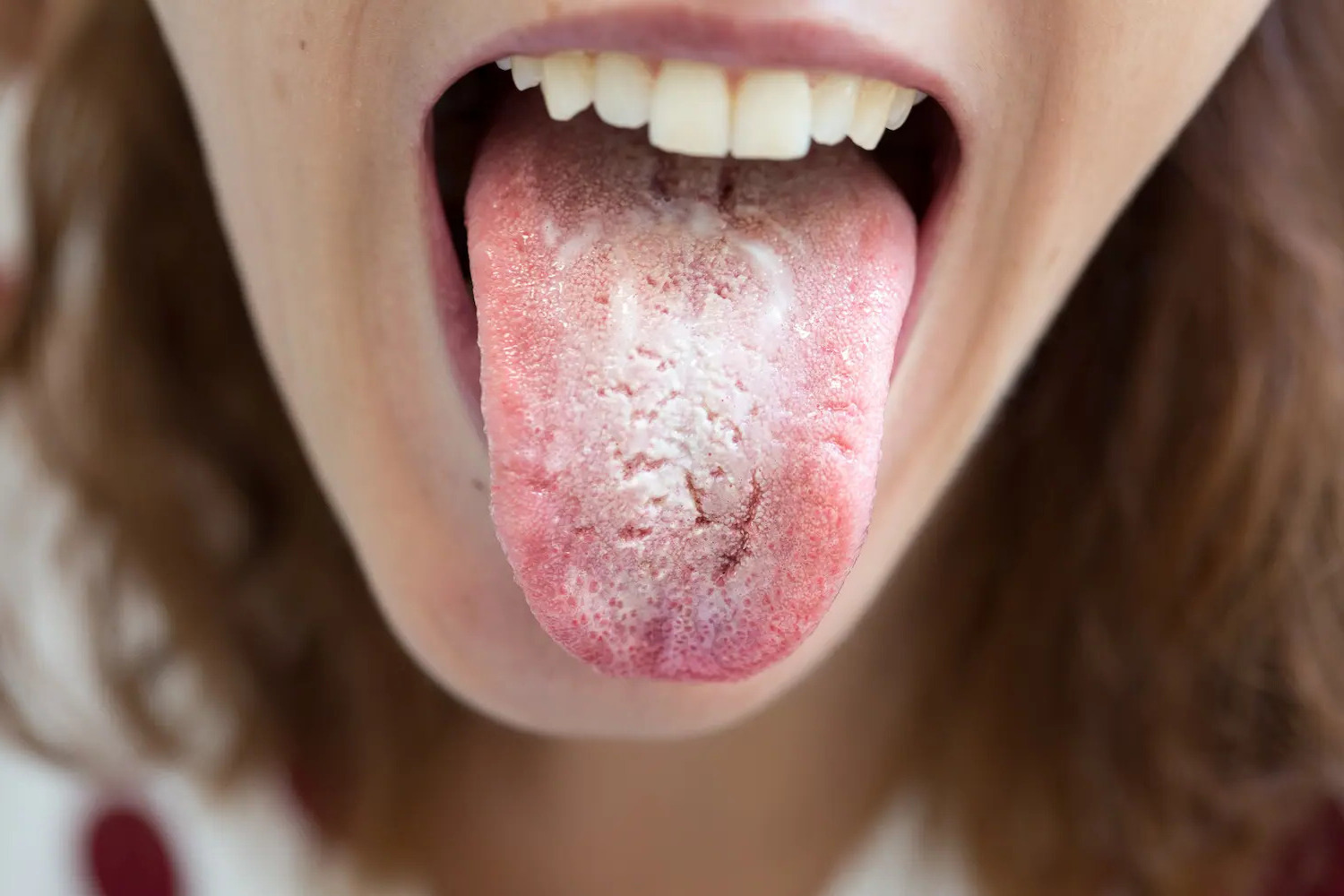
Chlamydia is a common sexually transmitted infection (STI) caused by the bacterium Chlamydia trachomatis. It's often called the "silent" infection because many people don't show symptoms. Chlamydia can affect both men and women, leading to serious health problems if left untreated. Did you know that it's the most frequently reported bacterial STI in the United States? Despite its prevalence, many myths and misconceptions surround this infection. Understanding the facts about Chlamydia can help in prevention, early detection, and treatment. Let's dive into 25 essential facts about Chlamydia that everyone should know to stay informed and healthy.
Key Takeaways:
- Chlamydia is a common STI with subtle symptoms, affecting millions. Early detection and treatment are crucial to prevent serious health complications.
- Testing and treating chlamydia is essential for both partners. Follow-up testing and abstinence during treatment are important to ensure complete recovery.
What is Chlamydia?
Chlamydia is a common sexually transmitted infection (STI) caused by the bacterium Chlamydia trachomatis. It often goes unnoticed due to its subtle symptoms. Here are some intriguing facts about this infection.
-
Chlamydia is the most reported bacterial STI in the United States. Over 1.8 million cases were reported in 2019 alone.
-
Many people with chlamydia don't know they have it. Approximately 70-80% of women and 50% of men show no symptoms.
-
Chlamydia can be transmitted through vaginal, anal, or oral sex. Any sexual activity involving mucous membranes can spread the infection.
-
It can also be passed from mother to baby during childbirth. This can lead to serious eye infections or pneumonia in newborns.
-
Young people are at higher risk. Those aged 15-24 account for nearly two-thirds of new chlamydia infections.
Symptoms of Chlamydia
Recognizing the symptoms of chlamydia can be tricky since they often mimic other conditions. Here are some common signs to watch for.
-
Women may experience abnormal vaginal discharge. This discharge can be yellowish and have a strong odor.
-
Painful urination is a common symptom. Both men and women might feel a burning sensation when urinating.
-
Men might notice discharge from the penis. This discharge can be clear or cloudy.
-
Pain during intercourse is another symptom. Women might feel discomfort or pain during sex.
-
Testicular pain can occur in men. This pain might be accompanied by swelling.
Complications of Untreated Chlamydia
Ignoring chlamydia can lead to severe health issues. Here are some complications that can arise if the infection is left untreated.
-
Pelvic inflammatory disease (PID) in women. PID can cause chronic pelvic pain and infertility.
-
Ectopic pregnancy risk increases. This life-threatening condition occurs when a fertilized egg implants outside the uterus.
-
Men can develop epididymitis. This painful condition affects the tubes that carry sperm.
-
Reactive arthritis can develop. This type of arthritis affects the joints, eyes, and urethra.
-
Increased risk of contracting HIV. Chlamydia can make it easier to acquire and transmit HIV.
Diagnosing Chlamydia
Early detection is crucial for effective treatment. Here are some methods used to diagnose chlamydia.
-
Nucleic acid amplification tests (NAATs) are the most reliable. These tests detect the genetic material of the bacteria.
-
Urine samples can be used for testing. This non-invasive method is often preferred.
-
Swabs from the affected area are also used. Swabs from the cervix, urethra, rectum, or throat can be tested.
-
Regular screening is recommended for sexually active individuals. Especially for women under 25 and those with new or multiple partners.
-
Home testing kits are available. These kits allow for privacy and convenience.
Treating Chlamydia
Chlamydia is treatable with antibiotics. Here are some key points about its treatment.
-
Azithromycin and doxycycline are commonly prescribed. These antibiotics are effective in clearing the infection.
-
Both partners need treatment. To prevent reinfection, both sexual partners should be treated simultaneously.
-
Abstain from sexual activity during treatment. Avoid sex until the infection is fully cleared, usually about seven days after completing antibiotics.
-
Follow-up testing is important. Retesting three months after treatment ensures the infection is gone.
-
Reinfection is possible. Even after successful treatment, individuals can get chlamydia again if exposed.
Key Points to Remember
Chlamydia is a common sexually transmitted infection (STI) that often shows no symptoms, making regular testing crucial. It can affect both men and women, leading to serious health issues like pelvic inflammatory disease (PID) and infertility if untreated. Antibiotics can effectively treat it, but prevention through safe sex practices remains essential. Remember, anyone sexually active can get chlamydia, so awareness and education are vital.
Regular screenings and open communication with partners help reduce the spread. If diagnosed, follow the treatment plan and inform partners to prevent reinfection. Untreated chlamydia can lead to long-term health problems, so never ignore symptoms or skip check-ups. Stay informed, practice safe sex, and prioritize your health to keep chlamydia at bay.
Frequently Asked Questions
Was this page helpful?
Our commitment to delivering trustworthy and engaging content is at the heart of what we do. Each fact on our site is contributed by real users like you, bringing a wealth of diverse insights and information. To ensure the highest standards of accuracy and reliability, our dedicated editors meticulously review each submission. This process guarantees that the facts we share are not only fascinating but also credible. Trust in our commitment to quality and authenticity as you explore and learn with us.
